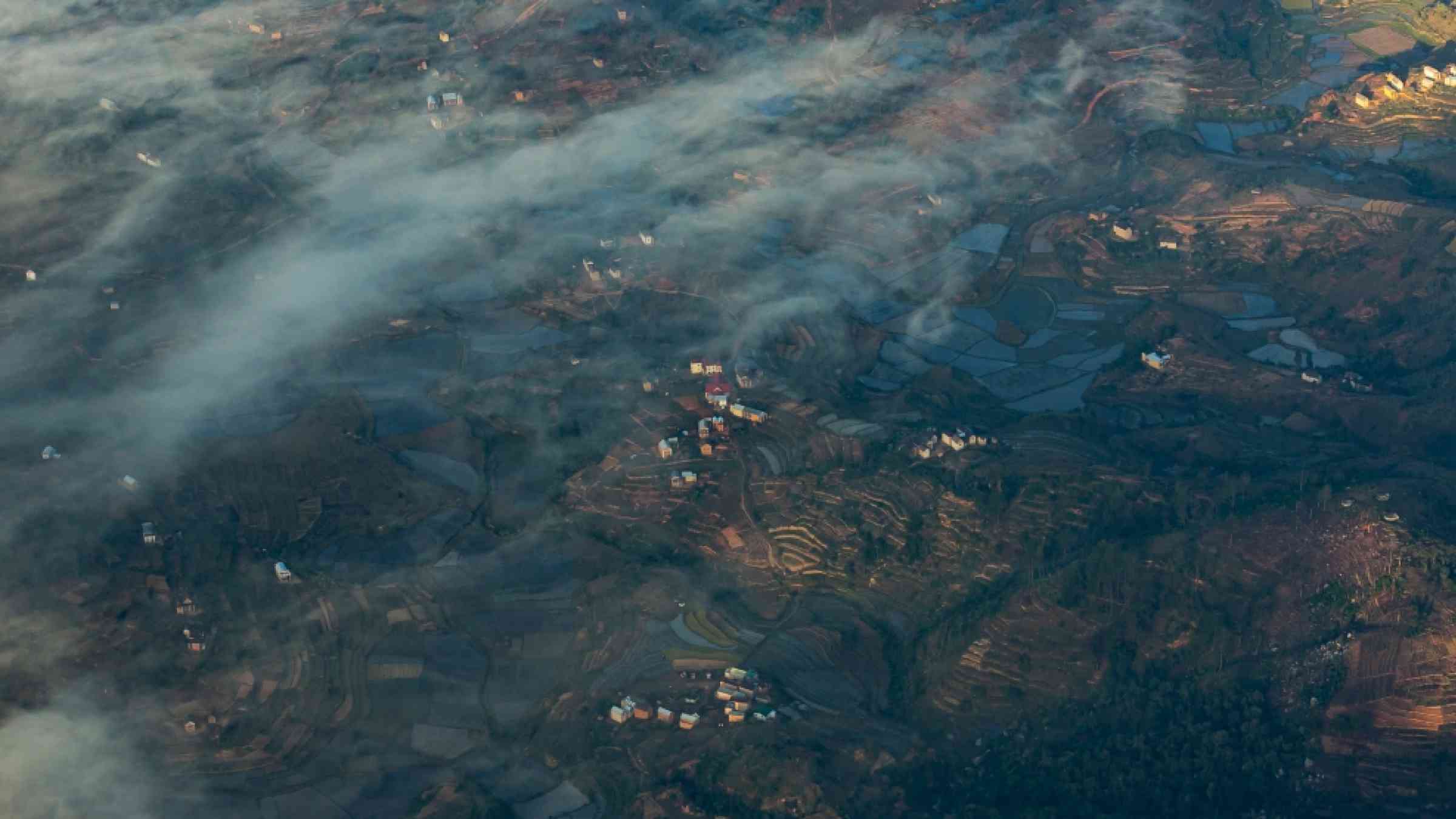Hitting the ground before disaster strikes: The evolution of DRR in Madagascar

Madagascar’s location and socio-economic conditions make it especially exposed to a wide range of interconnected hazards. These include, but are not limited to, floods, droughts and cyclones, which, because of climate change, are becoming more frequent and intense, often leaving trails of destruction in their wake. Many people in Madagascar were still recovering from the previous year’s cyclones and storms when Tropical Cyclone Freddy traversed much of the southern Indian Ocean for five weeks in February and March 2023. In Madagascar, Freddy claimed 17 lives and adversely affected almost 300,000 people.
Since the adoption of the Sendai Framework for Disaster Risk Reduction 2015-2030, Madagascar has taken several legislative and administrative steps to ensure it is better equipped to prepare for future hazards. These include new legislation that defines the structure and responsibilities of the National Office for Risk and Disaster Management (BNGRC) and the Emergency Prevention and Management Unit (CPGU). The BNGRC, part of the Ministry of Interior, is tasked with developing and updating the country’s risk and disaster management strategy and for building the capacity of authorities and local populations in at-risk regions with a view to achieving effective community resilience. The CPGU works within the Office of the Prime Minister to reduce the damage and loss of life caused by different types of disasters and is responsible for developing national strategies and setting norms.
A key development was the publication of the “National Strategy for Risk and Disaster Management (SNGRC) 2016-2030”. According to CPGU’s technical advisor, Julot Randriamamalina, this blueprint “goes beyond previous cyclonic incidents and is now orientated to all natural phenomena including droughts, epidemics, and fires, providing indispensable plans for the country.”
Madagascar, alongside Comoros, Mauritius and the Seychelles, is being assisted in these efforts by the “Resilience Building and Disaster Response Management in the Indian Ocean” programme steered by the Indian Ocean Commission and the United Nations Office for Disaster Risk Reduction (UNDRR), with funding from the European Union. A UNDRR-led component of that programme aims to promote activities that improve national institutional and operational preparedness on disaster risk reduction (DRR).
According to BNGRC Operations Director, Vero Raharimanganindriana, in recent years DRR in Madagascar has evolved from primarily responding to disasters to focusing on “advanced deployment, prepositioning, and early warning evacuations responding to strategies of prevention, anticipation, and disaster risk reduction supported by cartographic assessments of vulnerability”.
Raharimanganindriana pointed out that:
“before Cyclone Freddy hit the southeast coast near Mananjary in February of this year, we had already mobilized teams at three different locations providing us with advantageous positions to respond in the event either roads or bridges were cut”. - Vero Raharimanganindriana, BNGRC Operations Director.
According to BNGRC’s head of information, education, and communications, Mamy Andriamasinoro, such prepositioning “allowed us to make critical response decisions in a few days, and in the case of Freddy’s arrival, we had an initial evaluation of the situation within 48 hours”.
There is also an international dimension to the evolution of Madagascar’s DRR landscape. The BNGRC’s Mamy Andriamasinoro explained that “strategic and DRR experiences are now shared between regional member states through the Southern African Development Community’s Humanitarian and Emergency Operations Centre [thereby] developing regional vulnerability assessments and analysis of risks from cyclones to flooding and droughts”.